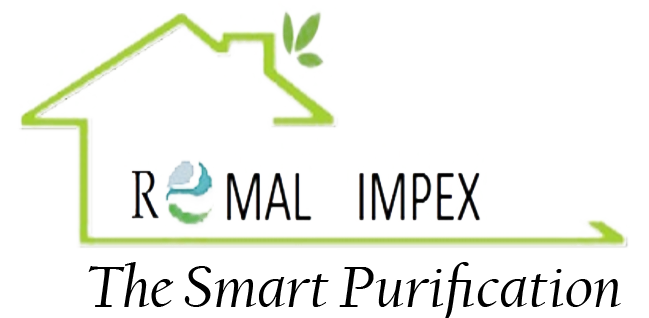Activate Sludge
The principle is to degrade organic matter (suspended or dissolved in wastewater) mainly by bacteria (including filamentous bacteria), which will themselves be eaten by microorganisms (protozoa5, which are mainly ciliates, partly responsible Flocculation and a source of progressive water clarification).
Permanent mixing of the medium allows better access of the bacteria to the particles and an important aeration necessary for the sustainability of the biodegradation system (only biodegradable pollution can be treated in this way). It is followed by a decantation from which the bacteria-rich sludge is returned to the aeration tank.
"The filamentous bacteria connect the flocs together, causing the phenomenon of" bulking "and decrease the rate of decantation". When they are less present or absent, the bacterial flocs are smaller and the higher turbidity or "foaming" phenomena can disrupt the operation of the purification plant.
The activated sludge process has four objectives:
- Eliminate carbon-based pollution (organic matter);
- Eliminate some of the nitrogen pollution;
- Fix the phosphorus in the decanted material;
- Stabilize sludge (known as "prolonged aeration" or "aerobic digestion").
The activated sludge technique is suitable for domestic wastewater from agglomerations from about 400 population equivalents to the largest cities. It exists, however, for individual installations, although the process is not sufficiently tested. The industrial or agri-food effluents are very variable and can be treated by this process, often with an adaptation to their nature and characteristics.
 Anglais
Anglais
 French
French 

